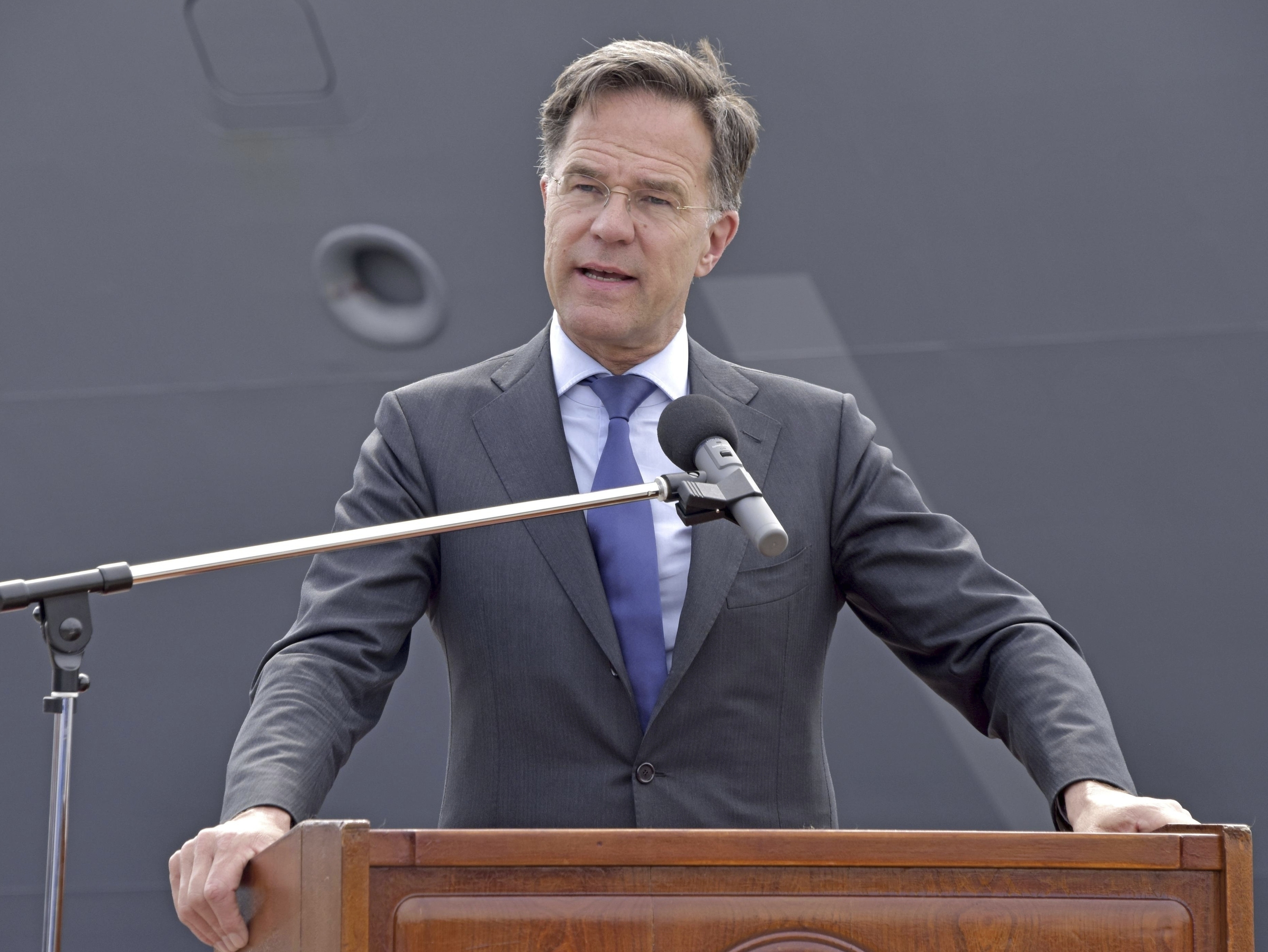NATO once again hovers over one of the major democracies in Asia with a two-day visit to Japan by the leader of the Atlantic Alliance, the Dutch Mark Rutte, which always triggers a heated reaction from China. "Rutte's visit represents another step in NATO's accelerated infiltration in the Asia-Pacific region in recent years," stated an editorial in the Chinese newspaper Global Times, one of Beijing's most vocal media outlets.
In reality, it was former Japanese Prime Minister Fumio Kishida who, concerned about an increasingly assertive China that had conducted dangerous invasion drills around Taiwan, took the step to strengthen ties with NATO when he became the first Japanese leader to attend one of its summits. This occurred in Madrid in 2022, where allies, for the first time in their strategic document, labeled China as a "systemic challenge."
Kishida, who fell from grace due to several corruption scandals within his party, initiated in his country a historic rearmament plan that broke with the pacifist tradition inherited from the post-war era, a plan that has been continued by the current leader, Shigeru Ishiba, who, during the 2024 election campaign, before winning the elections, proposed the creation of an "Asian version of NATO" to deter China.
In recent months, Ishiba has toned down his rhetoric towards the neighboring country, and key politicians in his cabinet have even been getting closer to Beijing to at least strengthen commercial ties in the face of Donald Trump's trade war onslaught.
"Rutte's visit to Japan is not coincidental," Beijing officials remarked on Tuesday after reading in the The Japan Times newspaper an interview with the NATO chief pointing to China as a threat. "We cannot be naive with China. The expansion of its armed forces is amazing," Rutte stated, who, upon arriving in Japan, expressed concern about the Chinese regime's arms buildup and recent military maneuvers near Taiwan. Rutte urged NATO countries and "friendly nations" to work together to "maintain free and open maritime routes in the region."
Once again, recalling Beijing's support for the Russian regime, the Dutch leader emphasized China, which is taking advantage of the global chaos caused by Trump's self-destructive trade war to expand its influence and present itself as the only superpower capable of offering stability. These statements by the NATO leader from neighboring Japan come days before the President of Spain, Pedro Sánchez, visits Beijing to strengthen ties with his counterpart, Xi Jinping.
Rutte also highlighted during his visit to Japan that the United States supports a greater involvement of NATO members in the Asia-Pacific region. This was evident at the end of March with the visit to Tokyo by Pete Hegseth, U.S. Secretary of Defense. Unlike Washington's position regarding the traditional alliance with Europe, Hegseth conveyed the U.S.' commitment to further strengthening the security alliance with the world's third-largest economy. "Japan is essential in countering Chinese aggression by helping Washington establish credible deterrence in the region, including the Taiwan Strait," said Trump's envoy.
Despite the apparent commercial rapprochement between Tokyo and Beijing, the Japanese do not hide their concerns about China's increasing military development. In the past month, Japanese media revealed that, in addition to having its first aircraft carrier since World War II and the purchase of U.S. F-35 fighters, the rearmament plan includes deploying long-range missiles on the southern island of Kyushu, a key strategic point to deter military pressure from Pyongyang and Beijing, as well as bolstering defenses in the Okinawa archipelago, where most U.S. Marines deployed in the country are stationed.
Rutte also mentioned during his visit to Japan that he expects NATO to intensify its involvement in supporting Washington in "collective power projection" in a strategically important region. "The United States wants greater participation by NATO allies in Asia and the Pacific. Not in the sense of Article 5 (which states that an attack on one member country is an attack on all), but in terms of projecting power and mutual support," Rutte added on Tuesday, also publicly stating that the Alliance seeks to strengthen ties with other democracies such as South Korea, Australia, and New Zealand.
From Beijing, analysts from media outlets controlled by the ruling Communist Party reiterate that Rutte's stroll through Japan aims to promote the "NATO-ization" of the region.
The main point of contention between Japan and China lies in the East China Sea over rocky, uninhabited islands, the Senkaku Islands, located 1,900 kilometers southwest of Tokyo. Japan formally claimed them in 1895 and, except for a brief period after World War II when the U.S. controlled the territory, they were owned by a series of Japanese citizens until Tokyo purchased them in 2012, and they are now under its control.
Beijing, which renamed them the Diaoyu Islands, began claiming them in the 1990s after discovering potential oil and natural gas reserves on the islands. Japanese authorities often complain that Chinese fishing vessels invade their waters, prompting the Japanese Coast Guard to intervene. They also accuse Chinese military aircraft of flying over the disputed area.
